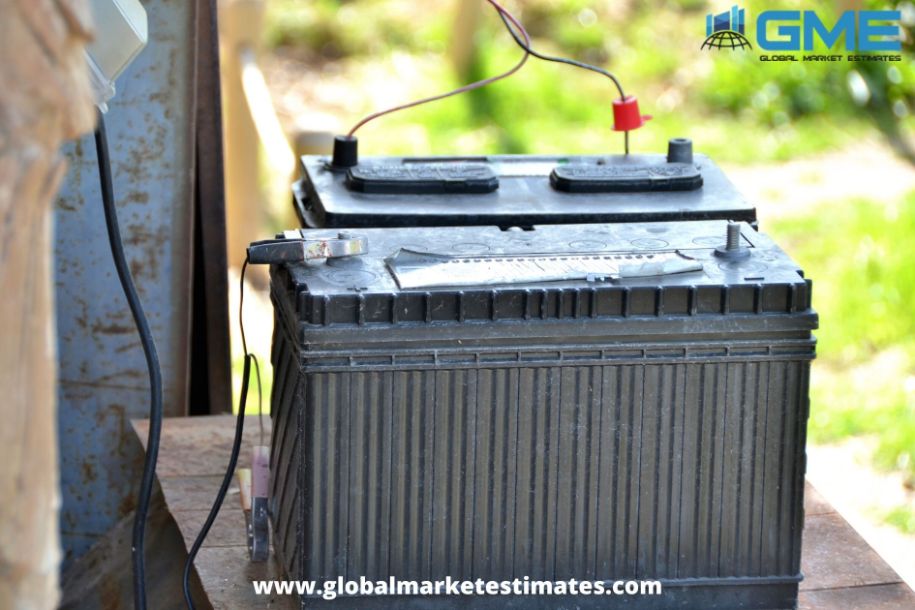The global marine battery market is projected to witness a CAGR of 45 per cent from 2020 to 2026. Due to the implementation of the Sulfur 2020 rule and growing maritime tourism industry, the global marine battery market is anticipated to record this massive growth.
The global marine battery market has been categorized by propulsion type. In this sub-category, the fully electric segment is likely to behold the highest CAGR during the forecast period. Major factors for the growth of this sub-category involve the fact that fully electric-driven ships have a positive effect on the environment. This is because the inclusion of high energy storage in batteries and optimized power control can reduce fuel consumption, maintenance, and emissions. The growth of the fully electric segment can be attributed to the rising demand for fully electric small and medium passenger and cargo ships. Numerous manufacturers are jointly investing in the manufacturing of ships complying to the IMO 2020 rule.
Secondly, the global marine battery market can be broadly segmented based on battery type into gel batteries, flooded batteries an absorbed glass mat batteries. On the basis of battery function, dual-purpose batteries segment is estimated to register the highest CAGR during the forecast period. Marine dual-purpose batteries combine the performance of starting batteries and deep-cycle batteries. They are mostly used by ships that have space for two or more batteries. These batteries are furnished with active lead paste chemistry, which assists them in coping with deep discharges that the starting batteries could not normally endure.
Geographically, the global marine battery market is expected to witness substantial growth in Europe during the forecast period. The growth of the shipbuilding industry in Europe is one of the major factors contributing to the demand for ships with hybrid propulsion in this region. Escalating investments in the electrification of ships and the restructuring efforts implemented by ship manufacturing companies are other factors driving the growth of the marine battery market in Europe.
The utilization of watercraft is evolving at a rapid pace for different commercial and domestic purposes. This is likely to influence the global marine battery market dynamics of the regional markets. Growth in the water-based leisure activities is anticipated to affect the markets of North America and Europe into prominent positions in the global market. The commercial applications of marine transport are likely to boost the growth of the market of developing nations, such as, India and China. The Middle East and Africa regions are estimated to generate lucrative opportunities in the global marine battery market on the back of the huge concentration of oil exporters in the region. Latin America is also projected to witness a steep hike in the demand for marine batteries due to the augmenting shipbuilding and leisure activities in Brazil.
Some of the key players operating in the global marine battery market include: EST-Floattech (Netherlands), Siemens (Germany), Corvus Energy (Canada), Akasol AG (Germany), Toshiba Corporation (Japan), XALT Energy (US), Spear Power Systems (US), Echandia Marine (Sweden), Lifeline Batteries (US), Saft (France), Craftsman Marine (Netherlands), PowerTech Systems (France), Kokam Co. Ltd. (South Korea), Lithium Werks (Netherlands), Exide Technologies (US), EverExceed Industrial Co. Ltd. (China), U.S. Battery (US), Sterling PBES Energy Solutions (Canada), Furukawa Battery Solutions (Japan), Forsee Power (France), and Leclanché (Switzerland).
Check the report description at: Global Marine Battery Market Size, Trends & Analysis - Forecasts to 2026

